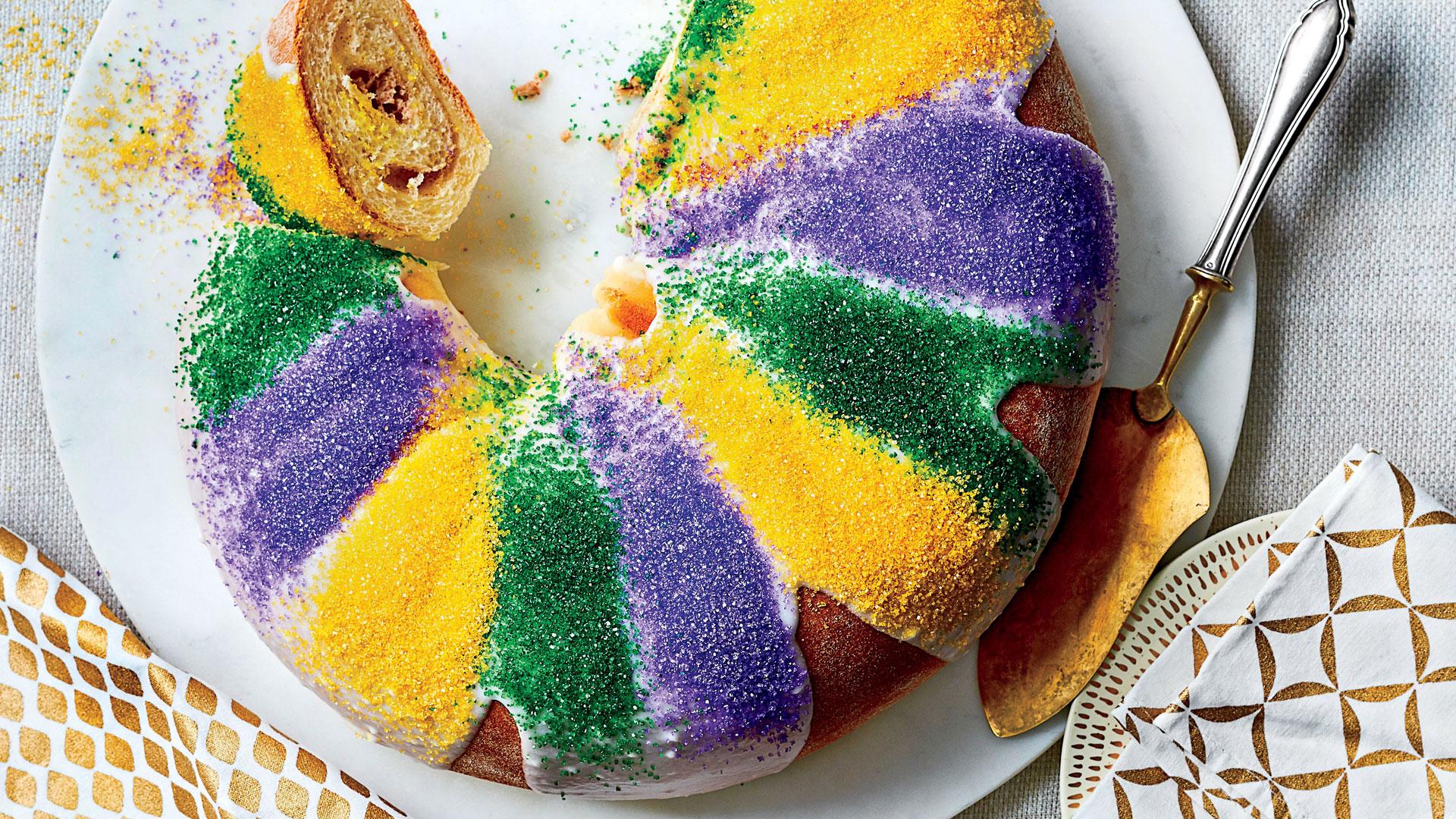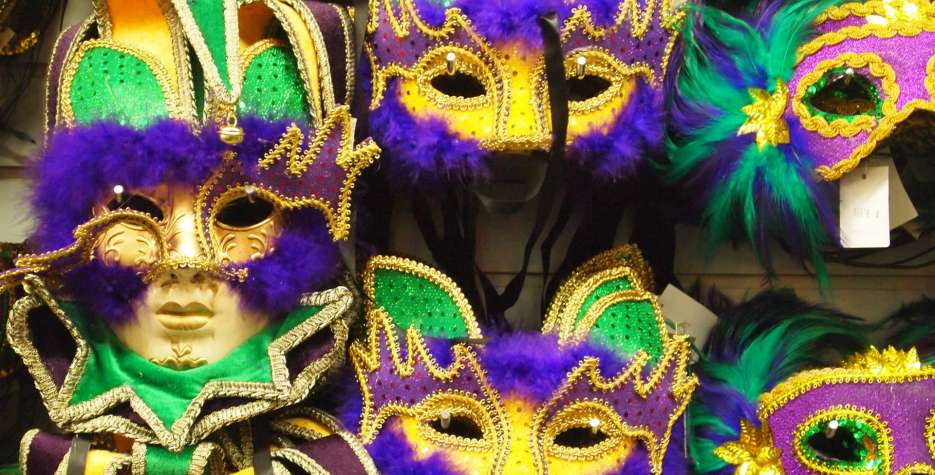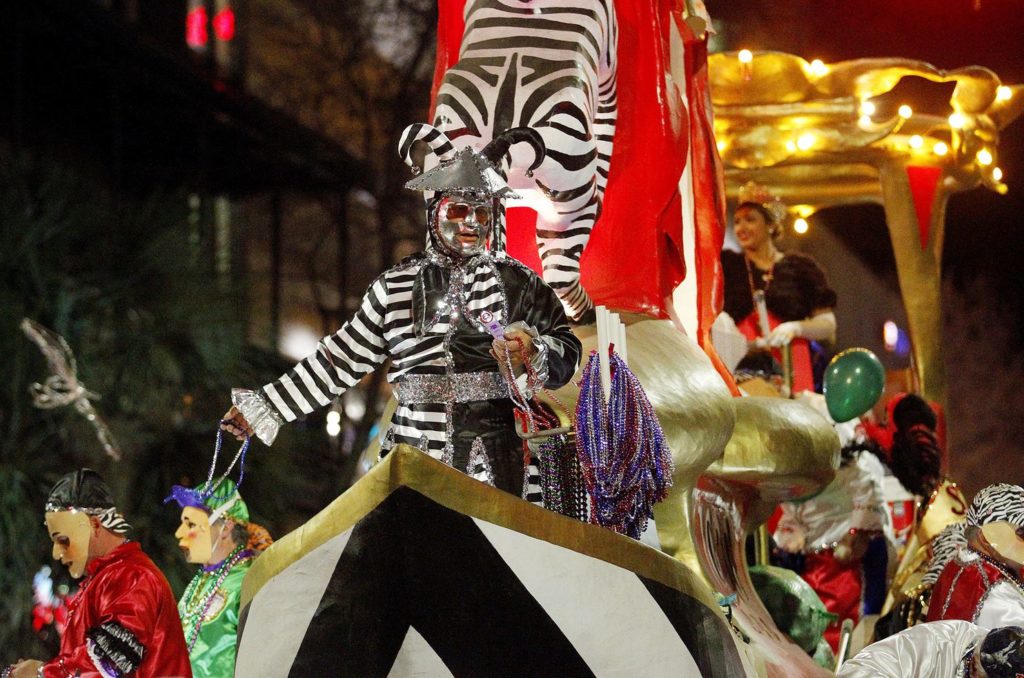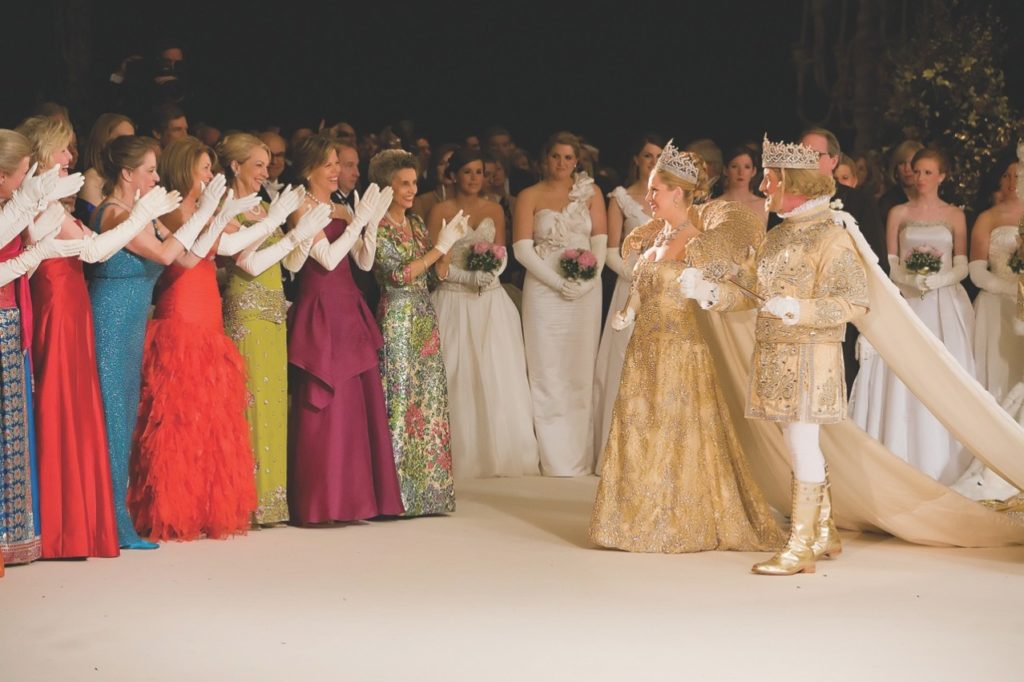
Here’s What You Should Know About Mardi Gras
BY Regan Hewitt
We all love a Mardi Gras celebration, and everywhere in the world celebrates it just a little bit differently. Here in the South, king cake reigns, well, king, but elsewhere, this day is all about pancakes (topped with lemon and sugar), parades and elaborate costumes! Here’s some fast, fun facts to get you up to speed on Mardi Gras trivia:
- Mardi Gras season actually lasts for more than a month – it always starts on the Feast of the Epiphany (January 6th) and ends 47 days before Easter Sunday, which moves around based on the liturgical calendar. This year, Mardi Gras (which means “Fat Tuesday” in French) will fall on February 25th!
- Despite the fact that it is a beloved Louisiana tradition, especially in New Orleans, the first American Mardi Gras actually took place in Alabama! In 1699, French explorer Pierre Le Moyne d’Iberville arrived in what is now Mobile and threw a Mardi Gras party.
- Because of this, Mobile actually starts their Mardi Gras season in November, with the first balls being held by “mystic societies” just after Thanksgiving, and continuing into late February.
- Mardi Gras’ traditional colors – purple, green and gold – are highly symbolic. Purple stands for justice, gold for power and green for faith. The green is based on robes worn by Catholic priests during the “ordinary time” of the church year, while the purple and gold indicate the allegiance to a divine monarch.

- We all love a good king cake, but did you know it has biblical roots? In medieval times, kings in France, Germany and Belgium would replicate the journey of the Three Wise Men, by bringing sweets – most often glazed cakes, thus the name “king cake” – and presents to a nativity scene.
- In New Orleans, Mardi Gras celebrations are rarely cancelled, but it has happened. During the Civil War and both World Wars, celebrations were halted, as well as during the yellow fever outbreak in the 1870s (which also affected Memphis). The last time it was called off completely was in 1945, but in 2006, after Hurricane Katrina, it was scaled way back.
- In Spanish and Portegeuese-speaking countries (as well as Italy), the Mardi Gras season is also known as Carnival! Brazil is particularly well-known for its over-the-top parades and masquerades during Carnival. (If you’re looking for a Mardi Gras-based movie for the kids, try Rio.)

- In some cities and countries, Mardi Gras involves elaborate masquerades, despite the fact that many of them have banned wearing masks in public places. In New Orleans, the ordinance doesn’t apply to the daytime Mardi Gras celebrations, but masks still have to be removed by 6pm.
- Mardi Gras celebrations have attracted some super important people to visit America! In 1872, the Russian heir to the throne travelled all the way to New Orleans to celebrate. While he was there, he founded the Krewe of Rex, which picks the “king” of Mardi Gras every year, and was presented with the key to the city!
- We owe our Mardi Gras celebrations to a very secret society! Mardi Gras celebrations were regularly banned because they were such a disturbance, until 1837, when the Mystic Krewe of Comus elevated celebrations to include elaborate balls based on religious or classic literature. So make sure to thank them when you’re celebrating this year!








